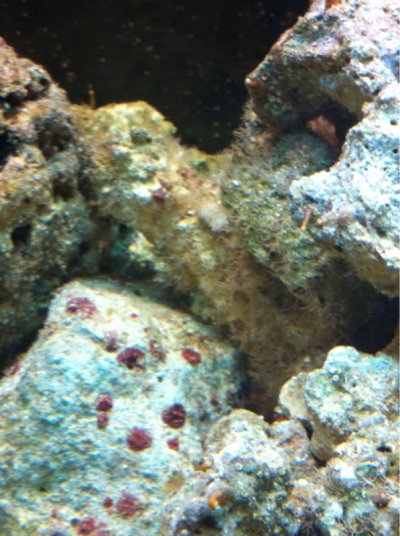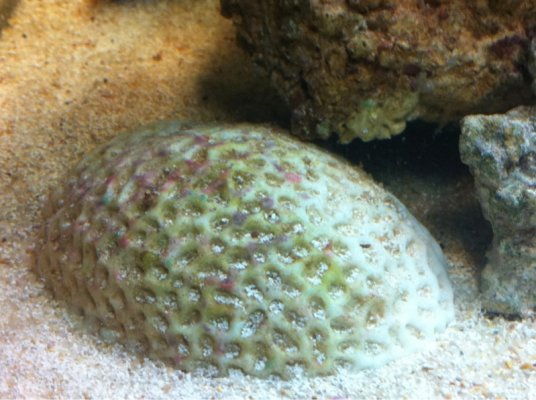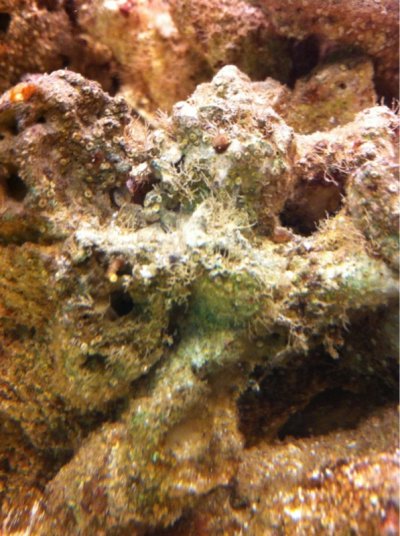Ok, lemme try to tackle these... The hairy growth, I'm not 100% sure on, but I have some myself. It pops up around my torch coral, on the back side of a rock, and a few other places. It seems to be related to tunicates somehow. The largest mass of it is where a tunicate died. But I can't be sure of the connection. It looks like a calcareous growth, to me. Perhaps someone else can chime in on this.
The snail like things on the glass, assuming these are stationary, white, and sometimes have little tufts coming out, are very likely spibiroid worms: perfectly harmless filter feeders. Just scrape them off if they annoy you or obstruct the view.
Your clowns may have started off as a same sex pair, but are very likely not anymore. In clownfish, the largest and most dominant becomes female, which is an irreversible transformation. If she dies, the second largest will assert dominance and then become female.






